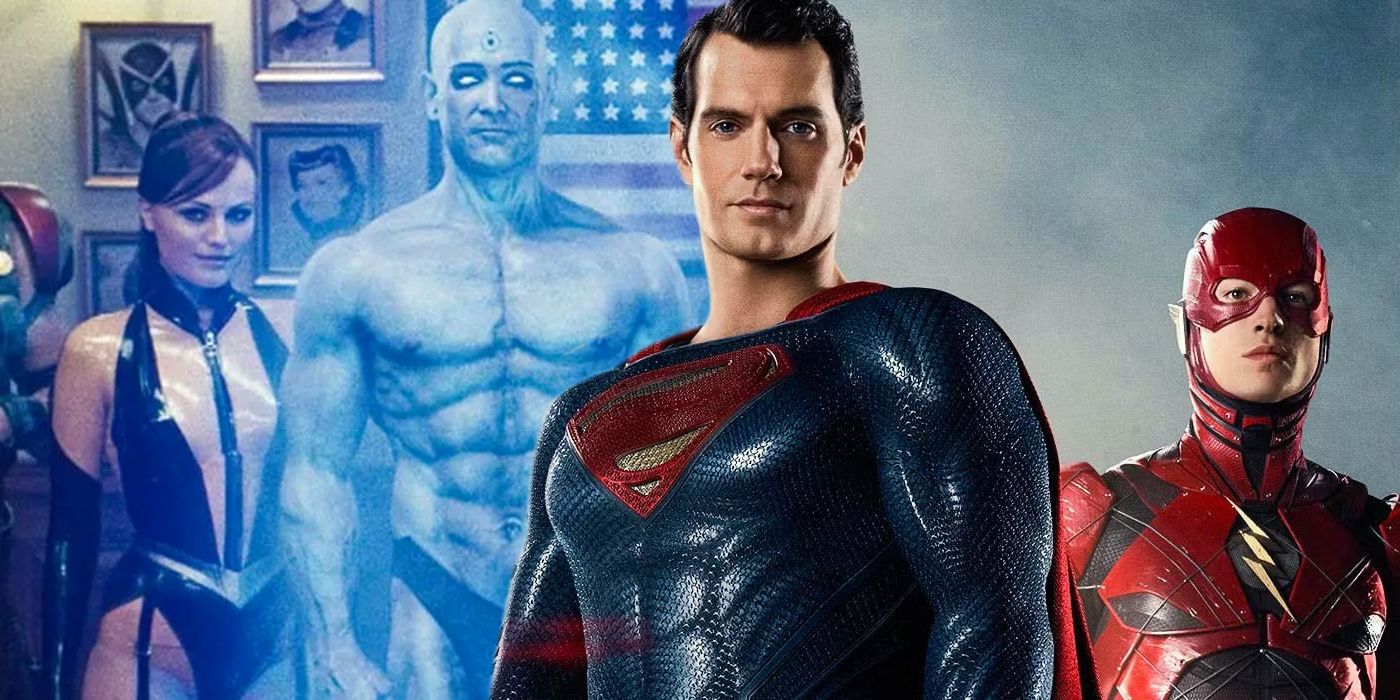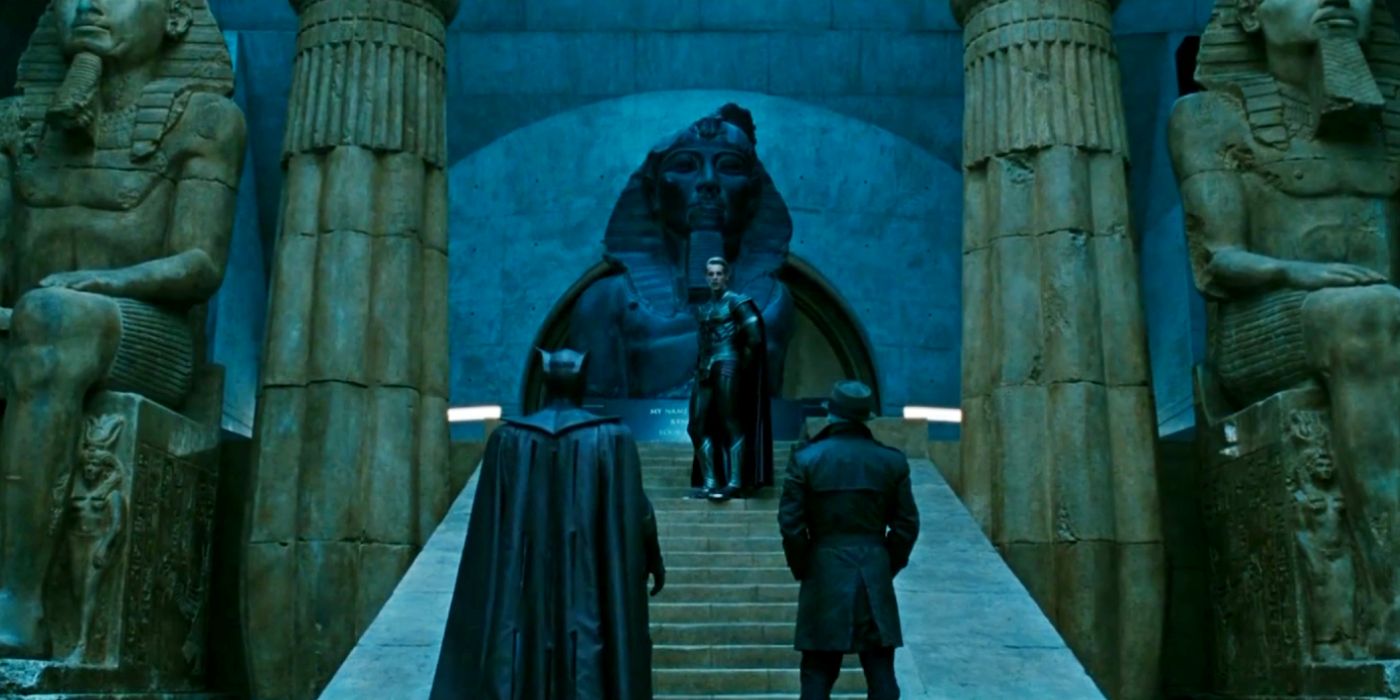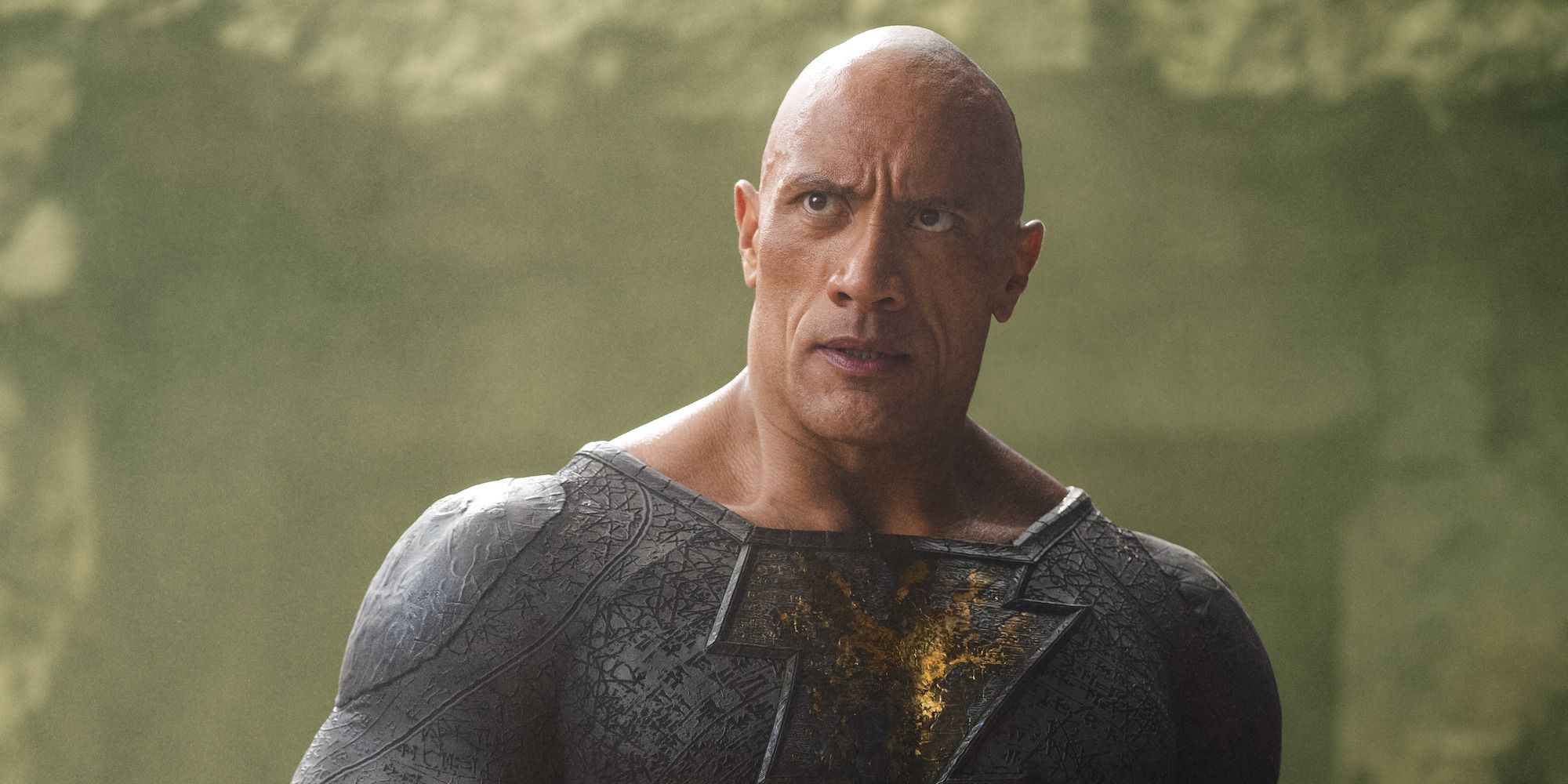Zack Snyder's Watchmen and its adaptation of the iconic superhero comic book established a blueprint for the future of DCU. Watchman is based on the DC limited series written by Alan Moore and illustrated by Dave Gibbons. Although Snyder’s R-rated superhero film earned record-breaking numbers in its opening weekend, a lengthy run-time led to lower overall box office numbers than Snyder’s previous comic book adaptation. While the film’s reception was not as strong as it could have been, Watchmen still seems to have had a strong impact on the direction of the DCU.
The obvious connection between Watchmen and the DCU is Zack Snyder, who has not only directed three films within the DC cinematic universe, but also served as producer on five other releases. With Snyder creatively attached to all but three of the current DCU releases, his vision has arguably been more impactful than any one other individual. This has had a direct effect on not only the visual style of the DCU, but also the tone of the narratives, which have often been noticeably darker than the rival MCU releases. The mature themes and content of Watchmen served as a precursor to the films in the DCU.
How Snyder's Watchmen Informed The DCU's Early Visuals
Although 300 was shot with primarily green screen technology and a heavy reliance on CGI, Snyder took a more practical approach to the Watchmen movie by using bigger sets to more authentically build the world of the comic book universe. Matching the film’s themes regarding the dangers of superheroes with unchecked power, Watchmen also had darker visuals for the dystopian world of the narrative. For both Man of Steel and Batman v Superman: Dawn of Justice, Snyder carried over this darker visual style. With Suicide Squad, David Ayer took this visual style even further by making a movie so dark that many complained about the visibility of the action.
Even with sequences of heavy CGI in the DCU films, Snyder grounds them in practical locations just as he had with the adaptation of Moore’s comic, giving the films a more realistic look. Along with gritty cinematography, Man of Steel made costume changes which also helped to establish the visuals of DCU releases moving forward. Rather than using the typically bright blue and red colors seen in past film and TV adaptations featuring Superman, Man of Steel darkens the colors with the design and post-production color grading. The hero is also briefly seen wearing a black suit, which would return in future DCU films.
Watchmen's Dark Tone Is Continued In The DCU
Given that Zack Snyder directed the first two films released in the DCU, he was able to carry over the dark tone from Watchmen and establish the direction of the superhero extended universe. While there are exceptions like the lighthearted tone of Shazam!, the DCU releases have retained much of this approach, drawing on more violent sequences than would be possible in the MCU so far. Even movies that now delve more into comedy than earlier installments still lean into this gritty and bloodthirsty aspect of the franchise.
Although Watchmen was not the first R-rated superhero film (credit for that goes to Sam Raimi’s Darkman), it was the first to be released during the current cycle of the fantasy sub-genre. With the failure of Suicide Squad, James Gunn increased the violence for the R-rated follow-up, The Suicide Squad. Similarly, Birds of Prey relies upon graphic violence and adult content. Although none of the DCU films have approached violence and sex with the same seriousness as Watchmen, it is easy to see the influence of Zack Snyder’s film in them.
In many ways, the PG-13 DCU films have remained closest to the tone established by Watchmen. Although there is no nudity and the violence is not as graphic, the themes closely align with those introduced in the adaptation of Moore’s comic. This is mainly present in the consideration of the aftermath of the violence from superhero battles. Even when heroes are fighting to protect humanity against outside threats, they are rarely seen as completely innocent of the destruction resulting from the altercation. Given the themes shared by Snyder’s first superhero film, there are those who believe Watchmen should be included in the DCU.
Watchmen & Snyder's DCU Tackle The Darker Side Of Heroes
Moore’s comic book was created as a commentary on what happens when people are given too much power and the inevitable consequences on society. This is made clear in Watchmen when an anti-vigilante act is passed after there is public backlash following the rise of costumed crime fighters in past decades. In an alternate-universe depiction of real-world historical events, the superheroes participate in the controversial Vietnam War, which also complicates the way they are viewed by American citizens and the world. Similarly, the impact of superheroes within the societies of DCU are often also called into question.
While the MCU has a more optimistic view of its superheroes, the DCU hasn’t been afraid to explore the full impact of unchecked power with its heroes from the outset. Most recently, Black Adam features an antihero who has no issue taking lives during battle while showing no remorse for his actions, but the DCU has even managed to make power wielded by the typically wholesome Superman somewhat devastating to the human population of Earth. Rather than simply acting as a savior to the people of the planet, Superman’s battles have often caused great devastation, leading to questions about his culpability in Batman v Superman: Dawn of Justice.
The DCU has also shown the darker side of crime-fighting protagonists by turning villains into heroes in both Suicide Squad films and Birds of Prey. Like Black Adam, these characters have no qualms about using violent methods to achieve their goals. The morality of these characters is never clear because their choices often fall into gray areas, and even their motivations are somewhat questionable. This is similar to choices made by powerful characters in Watchmen, who believe the means justify the end goal, regardless of how much death and destruction is required.



.jpg)
